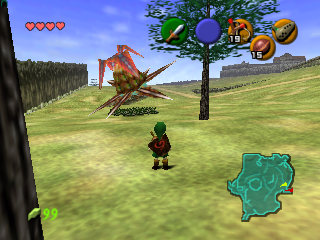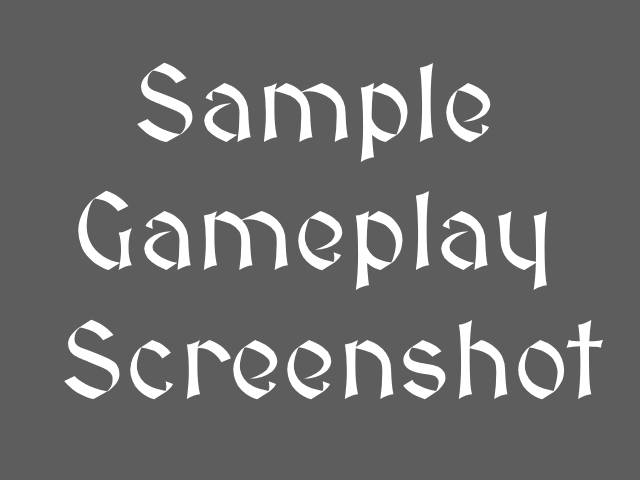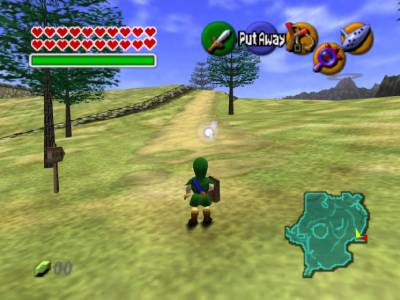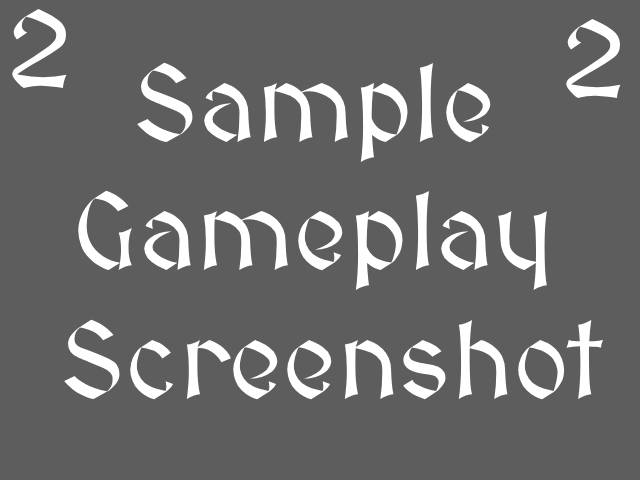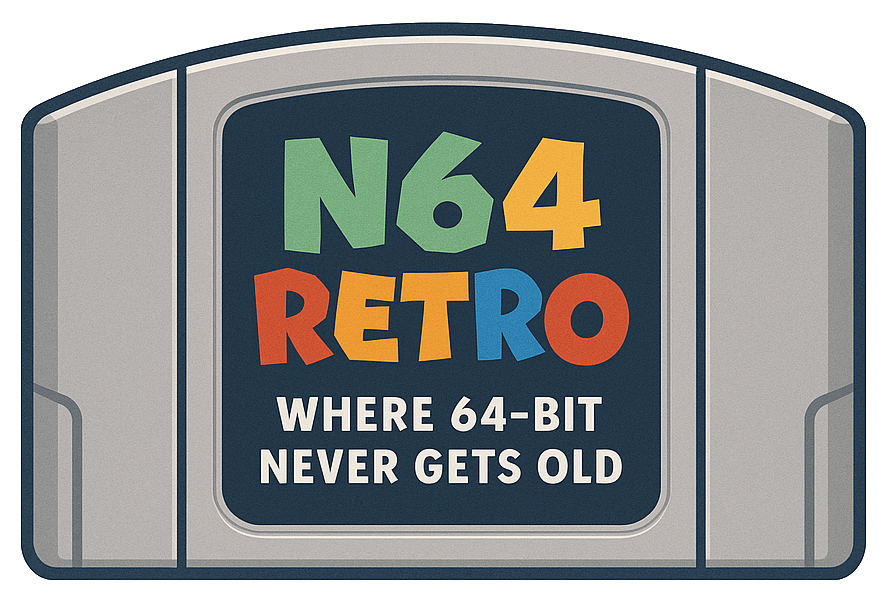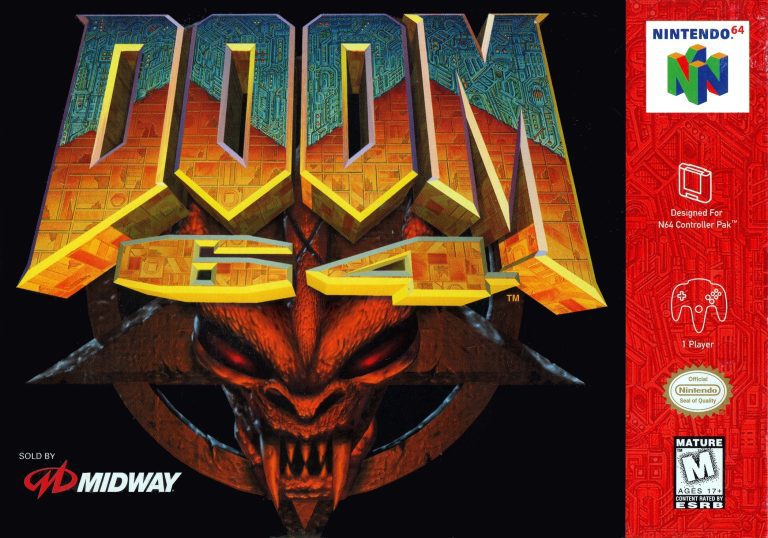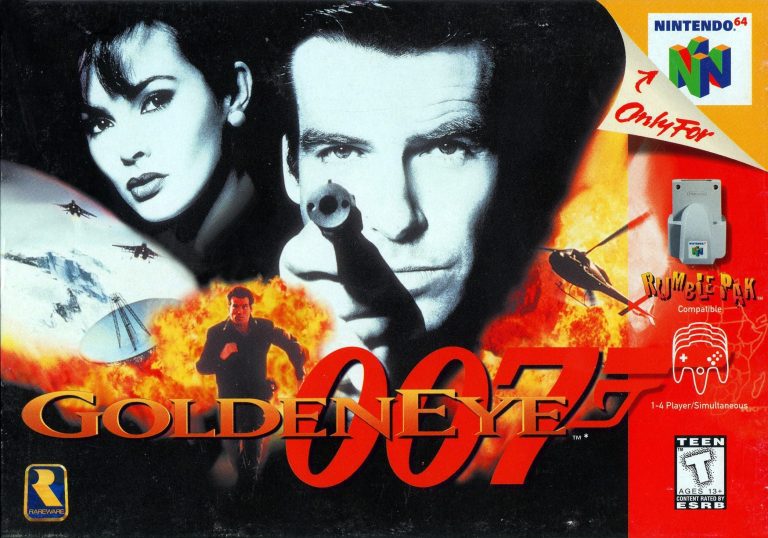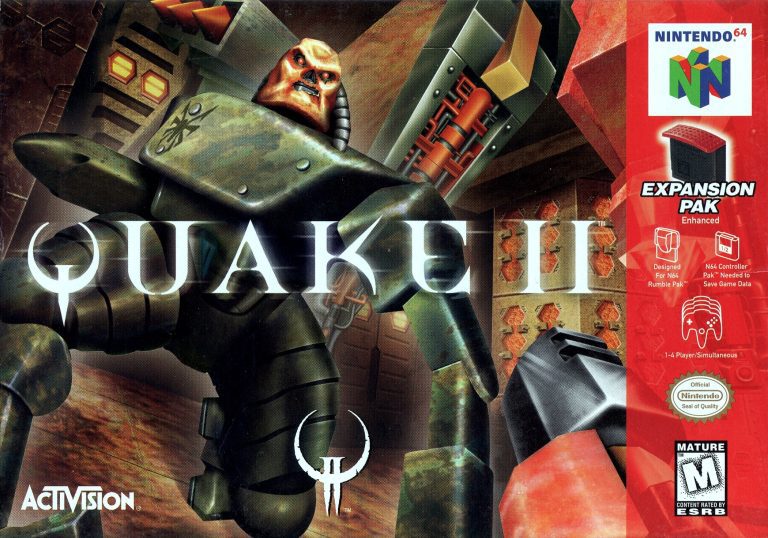Game Stats
- Developer: Midway Studios San Diego
- Publisher: Midway
- Genre: First Person Shooter
- PAL Release Date: 02/12/1999
- Metacritic Score: 76
- Single/Multiplayer: Multiplayer
- Expansion Pak Compatible: No
- Available on Nintendo Switch Online: No
What We Said Then
Forget what you know—Doom 64 isn’t just another port, it’s a brand-new nightmare built for Nintendo’s powerhouse. The visuals are darker, the demons nastier, and the levels twisted into labyrinths dripping with atmosphere. Armed with old favourites like the Super Shotgun and the all-new Unmaker, you’ll blast through hordes of redesigned monsters while a chilling, ambient soundtrack creeps under your skin. Controls take getting used to, and the lack of multiplayer stings, but as a single-player horror-shooter, nothing else on the N64 feels this intense. Doom 64 is pure, unholy carnage—hell has never looked this good.
What We Say Now
When Doom 64 dropped in 1997, a lot of people assumed it was just another port of id Software’s genre-defining shooter. After all, the original Doom had already stormed PCs and found its way onto just about every system under the sun. But Midway, tasked with bringing Doom to Nintendo’s new console, didn’t just slap the old game onto a cartridge. Instead, they built a brand-new Doom from the ground up, creating something darker, stranger, and far more unsettling than fans were expecting. The result is one of the N64’s most atmospheric and underappreciated shooters.
Visually, Doom 64 takes advantage of the N64’s hardware to reimagine the familiar hellscapes. Gone are the pixelated sprites of the old days. In their place are smoother, pre-rendered demon designs that look both fresh and nightmarish. Levels are more intricate, often twisting into abstract shapes or towering structures that make you feel like you’re truly wandering through cursed dimensions. The lighting is especially impressive. Flickering torches, pitch-black corridors, and glowing demonic runes combine to deliver an oppressive mood that was rare for console shooters of the time. If Quake went industrial and metallic, Doom 64 embraced gothic horror.
Gameplay sticks to classic Doom foundations—fast movement, frantic combat, and hunting for keycards—but with a few new tricks. Weapons like the Super Shotgun return, and they’ve never felt more devastating. Midway also introduced the “Unmaker,” a demon-slaying laser weapon hidden throughout the game, which grows stronger the more artifacts you collect. It’s a clever addition that rewards exploration and adds extra replay value. The enemy roster is slightly trimmed compared to the PC versions, but the redesigned monsters are vicious and terrifying, from snarling Imps to the towering Cyberdemon.
One of the most striking changes comes in the tone. Where the PC originals thrived on heavy metal energy, Doom 64 dials things down into something far more sinister. The soundtrack abandons shredding guitars and instead leans on ambient, droning soundscapes—low hums, eerie whispers, unsettling echoes. It’s less “adrenaline pumping” and more “skin crawling,” turning the game into something that feels halfway between a first-person shooter and a horror experience. Pair that with the oppressive level design and sudden monster ambushes, and Doom 64 often feels scarier than its predecessors.
As with many N64 shooters, the controller is a hurdle at first. The analog stick handles movement while buttons cover strafing, firing, and weapon swapping. It’s not as fluid as a mouse and keyboard, but for the late ’90s console scene, it works surprisingly well once you adjust. The game doesn’t include multiplayer—a sore spot for fans used to Doom’s deathmatch mayhem—but its focus on a moody, single-player campaign gives it a unique identity among its peers.
Looking back, Doom 64 wasn’t just another version of Doom—it was its own beast. Its haunting atmosphere, new weapons, and eerie soundtrack made it stand out in a crowded field of shooters. For N64 owners in 1997, it was one of the most mature, intense, and downright creepy experiences available. Today, it holds up as a cult classic, still capable of sending shivers down your spine while you pump demons full of buckshot.
Gameplay Video
Screenshots
